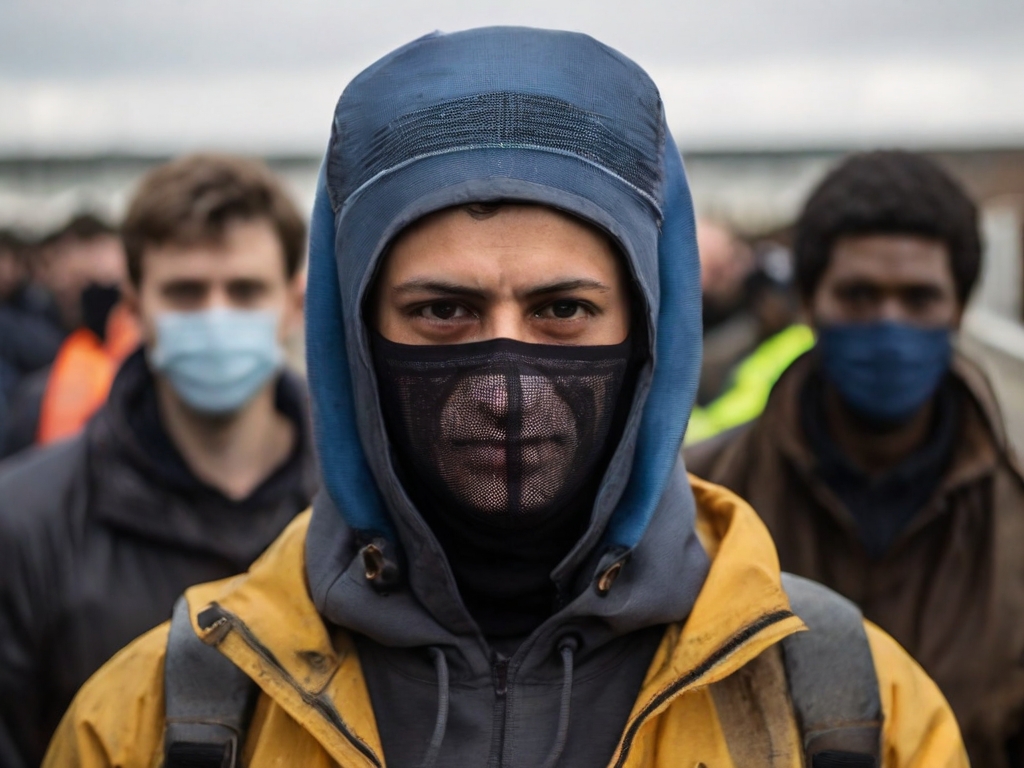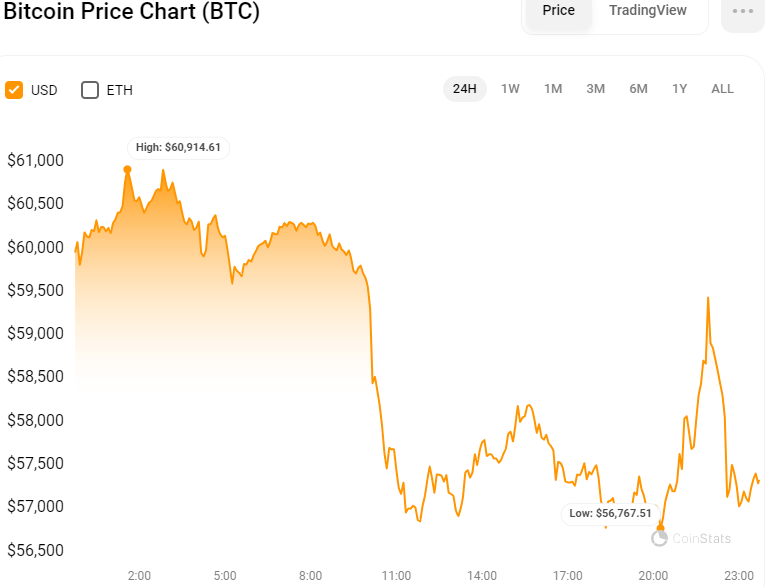UK Ministers Advised to Use AI Facial Recognition for Screening Migrants in Kent
The need to unite the nation through Jonathan Hall KC, an individual who reviews terrorism laws in the UK, is evident. At the moment of fuss and angst over European immigrants, Mr. Hall will suggest the application of AI facial recognition technology at Kent migrant facilities.
This statement forms part of the biannual initiative to improve the process of migrants boarding small boats, with the main goal of assessing individuals for any reported threats. Using facial recognition technology will provide the border officers with a platform through which they will promptly have the terror suspects identified as soon as they disembark in the database, streamlining the process. The technology will help prevent individuals who have been found to present security threats.
Challenges at migrant processing centers
The suggestion comes from some inefficiency evident at the processing centers, which results in overcrowding at camps like the Manston, where Hall said that the volumes of migrants were released before the thorough check could be conducted. The center, besides, puts Western Jet Foil in Dover to be on the receiving end, especially when there is a surge, and the number of migrants is more than anticipated, which would fragment the screening process and compromise its efficiency.
As he did, Hall pointed out that the confinement of prisoners in these places is geographically limited and that there are ethical standards of behavior they should maintain. Closing my tent doesn’t help, whereas if I’m jamming everyone into the same tent, they can stay there only for a day. Additionally, speedy screening methods that do not infringe on people’s basic rights are a dire issue that needs to be addressed now.
Implementation of facial recognition technology
Implementation of facial recognition technology will soon be part of a trial carried out at Border Force, which is at the Western Jet Foil, a primary vitality intake in Dover. It sets up a process that immediately checks the face of the person in real-time against the integrated database containing the images recorded as suspected to be of terrorists. “In a matter of weeks, it’ll be in print. However, in my report, I’ll posit that WJF should use facial recognition at the time of boarding so they can screen them off as soon as passengers disembark.” Hall declared it in the LBC interview.
These tests will thus be conducted immediately following arrival. They will address a present gap caused by income processing delays and the large numbers of immigrants continuously arriving in Europe. Hall’s plan offers to impart skills to border officials, thereby enabling them to make conscious decisions and do so rapidly, which consequently leads to apprehending suspects on watch lists before they gain access to the country.
Balancing security with Humanitarian Concerns
Technology being used in this process raises the important issue of wanting to secure the migrants while keeping them humane. Hence, the UK government needs to walk the fine line between taking robust security measures while respecting international human rights standards to come up with the middle option, which appeared to be the core of Hall’s advice.
This year, the Home Office has revealed plans to use facial recognition technology while continuing to implement a wider legislative package designed to guide and limit cross-Channel migration. Prime Minister Rishi Sunak frequently emphasizes his intention to put a stop to the boats, and his government closely follows these declarations by introducing appropriate laws. Some of them, like the plan for deportation to Rwanda, prove to be very controversial. Yet despite these movements’ aims and achieving to some extent, they have remained stalled in the final stages of the legislative issues, thus showing the complicated and sometimes conflict-prone policy nature of immigration.
More than 6,200 of those crossings were recorded from the start of the year, which was already more than what we had in previous years. The reality of the need for proper border management systems is now more evident than ever. The suggested use of AI-based facial recognition as a surveillance measure at the most critically guarded access points in Kent could become a decisive trend in how the border area of the UK is managed against impending and possibly dangerous intruders.
The government’s responses to this system, when it analyzes Hall’s rapport, are doubtful in the context of the use of these technologies, and the smooth fitting of the processes of security deterrence with the ethical and legal concerns is unbeautiful. This acts as a precursor for other nations huddled up with the same security dilemma in the middle of the extreme migration tendencies across the globe.
This article originally appeared in The Independent.






